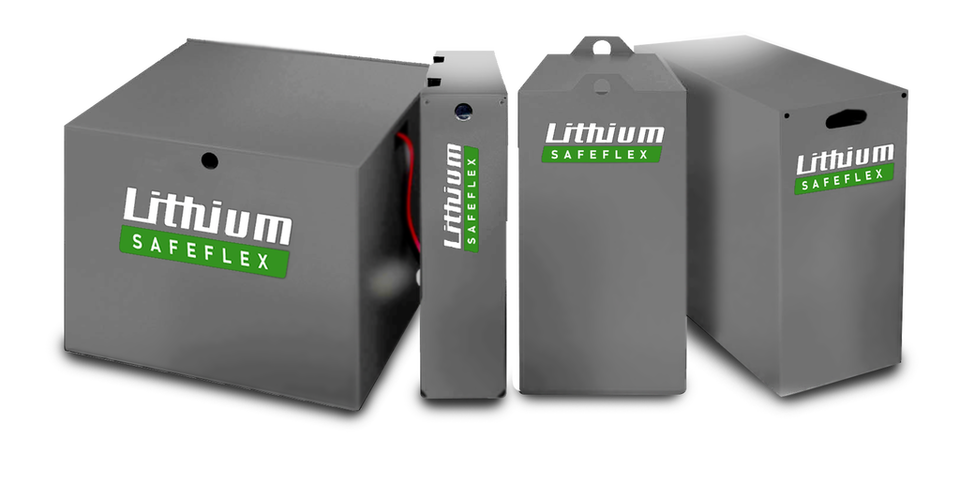sustainability
Li-Ion batteries offer safe, efficient, green power for eGSEs
Jerry Crump, director of GSE business development at Green Cubes Technology, highlights the benefits of lithium-ion batteries for ground support equipment in airports.
Though electric ground support equipment (eGSE) is not a new technology on our airport ramps, it is constantly evolving and is not without challenges – particularly when it comes to implementing the energy needed for eGSE to effectively support airport operations.
Airlines, ground handling companies, and fixed-base operators can utilise new lithium-ion technologies, such as lithium iron phosphate, maximising the available power from their charging infrastructure to keep up with airline and airfield operations and the high power demand curve of certain eGSE’s – like cargo loaders and pushbacks.
Utilising controlled area network (CAN) protocols from a battery management system (BMS) to integrate with the charging infrastructure allows lithium batteries to charge at an efficiency rate of up to 98%. This translates to less energy consumption and waste from the chargers to the battery, enabling faster charging and more efficient opportunity charging.
This is critically important for airports with overtaxed electrical grids. Traditional lead acid opportunity charging is much less efficient due to the excessive heat generated during charging in the battery’s cells.

Lithium SAFEFlex batteries for ground support equipment are a drop-in solution for nearly all electric vehicles to provide consistent power with minimal energy waste. Credit: Green Cubes Technology
In addition, instead of relying upon real-time data from a BMS, these lead acid batteries rely on a charging profile that does not maximise charging efficiency. Though there are still limitations to how fast lithium-ion batteries can be charged – depending on the charger, cables, connectors, and individual battery chemistries – it is possible to charge a battery 200% faster by using lithium-ion over lead acid.
Lithium-ion batteries also allow for higher efficiency in the use of the energy stored inside the battery. Through the use of a BMS, lithium-ion batteries can communicate directly via CAN with eGSE to more precisely control and characterise the energy available in the battery. Another advantage lies in the discharge characteristics of the lithium-ion chemistry.
Lithium-ion can discharge at up to 25C (a 100 AHr battery could discharge at 2500 Amps) for short high draw energy periods versus .33C for lead acid. This lower discharge rate leads to heat energy creation within the system, a loss in efficiency, and possible additional wear to eGSE systems.
Lastly, an integrated BMS integrated can collect battery data, so operators can quickly understand their energy consumption and other key metrics to right-size their operations, eliminate waste and improve operational efficiencies.

Jerry Crump, director of business development – GSE for Green Cubes Technology
Jerry Crump, director of business development – GSE for Green Cubes Technology, has over two decades of GSE experience. He started his career as a GSE mechanic in the US military. Since then, he has served as the director of purchasing at Swissport, US, senior category manager – GSE for Virgin Galactic and sales manager – PosiCharge for Webasto.
His passion for aviation started as a young child when he took his first flight in a Cessna 172. He grew that passion while serving in the Marine Corps working with GSE and aircraft for five years. He is an alumnus of both Southern Illinois University Carbondale, and Embry-Riddle Aeronautical University.
Main image: